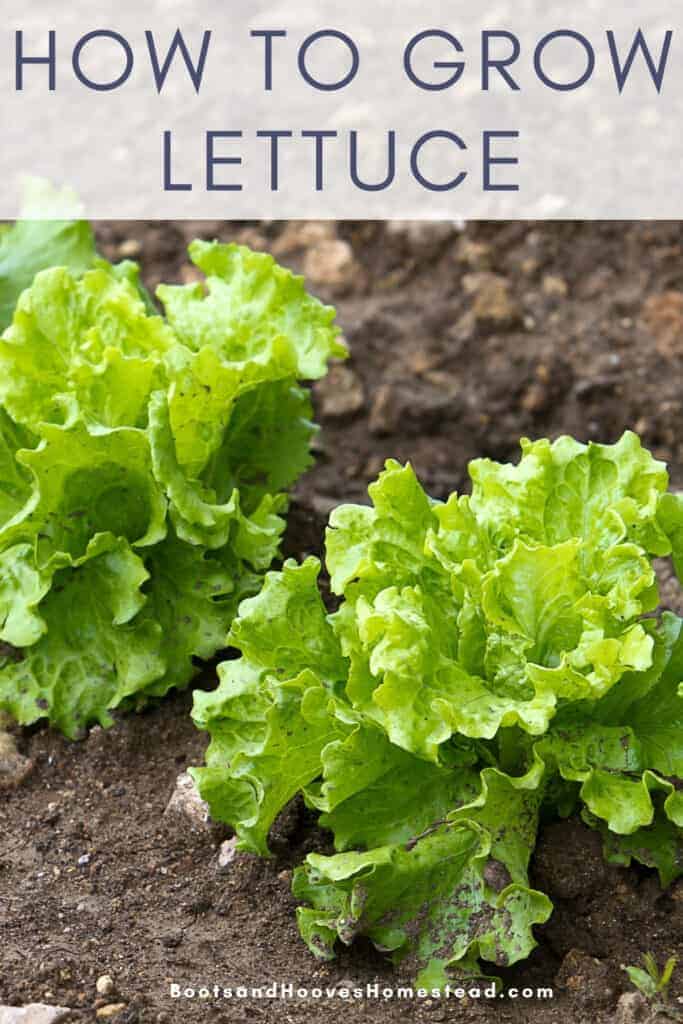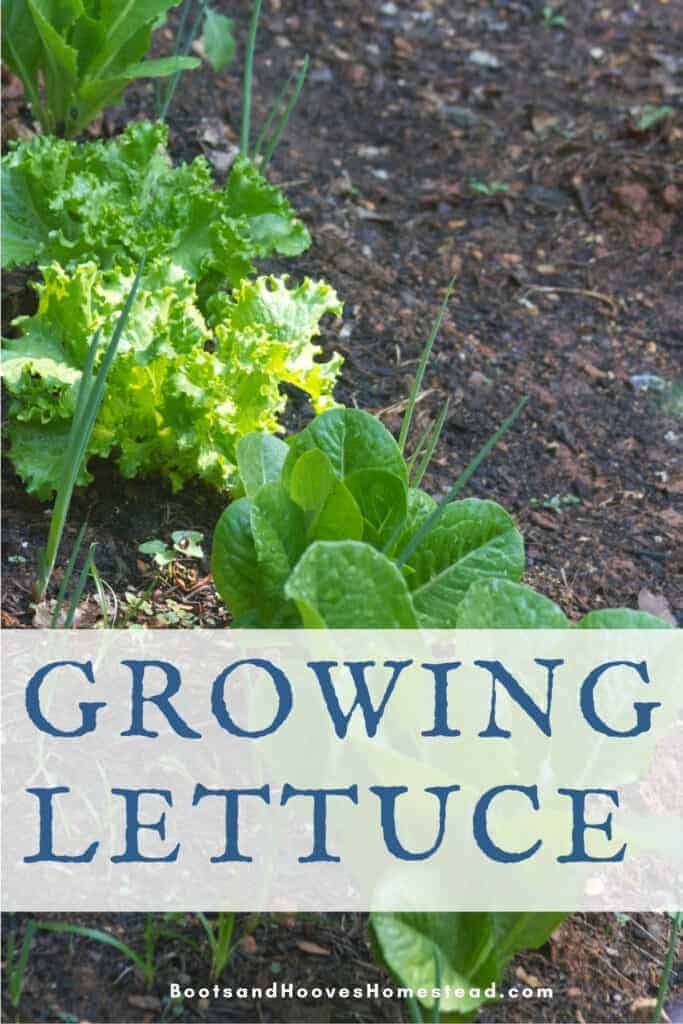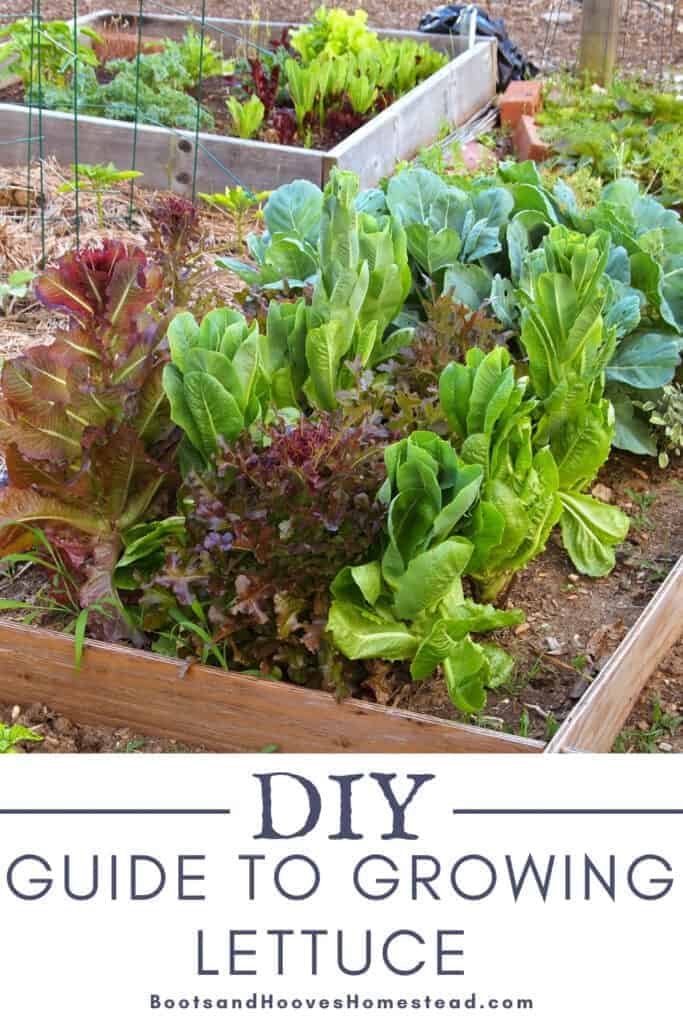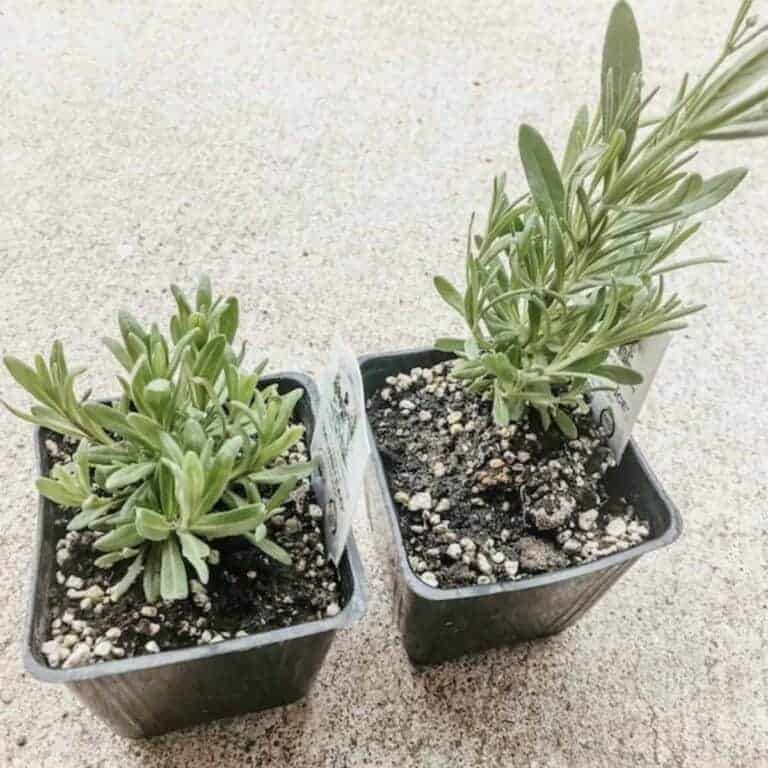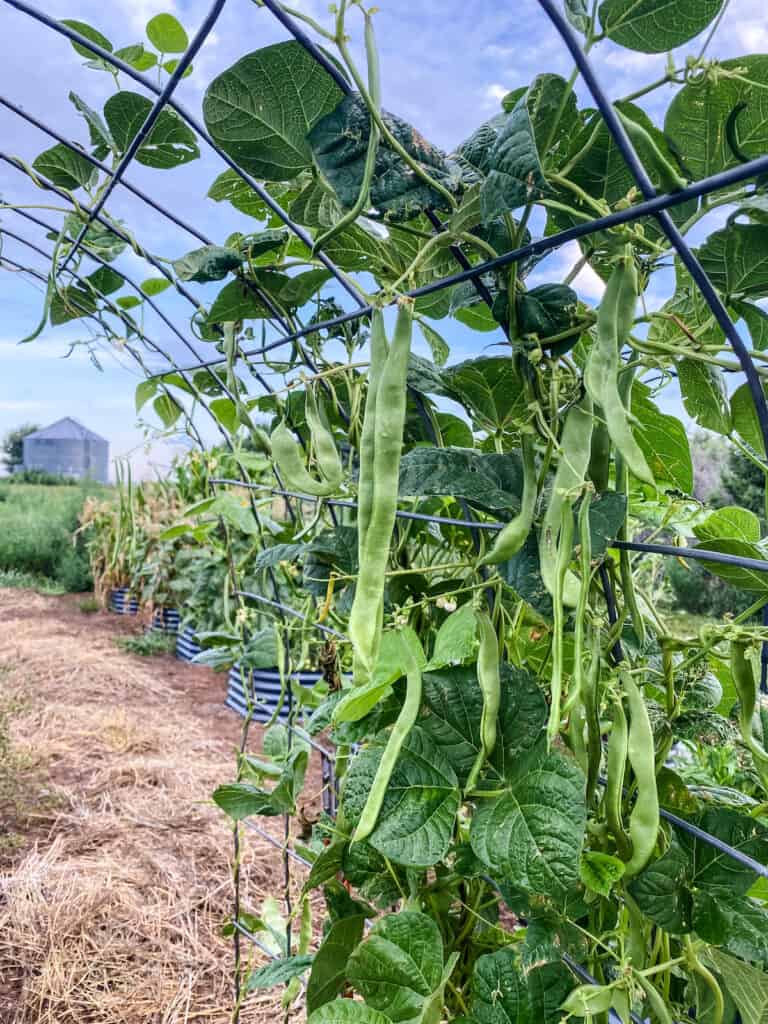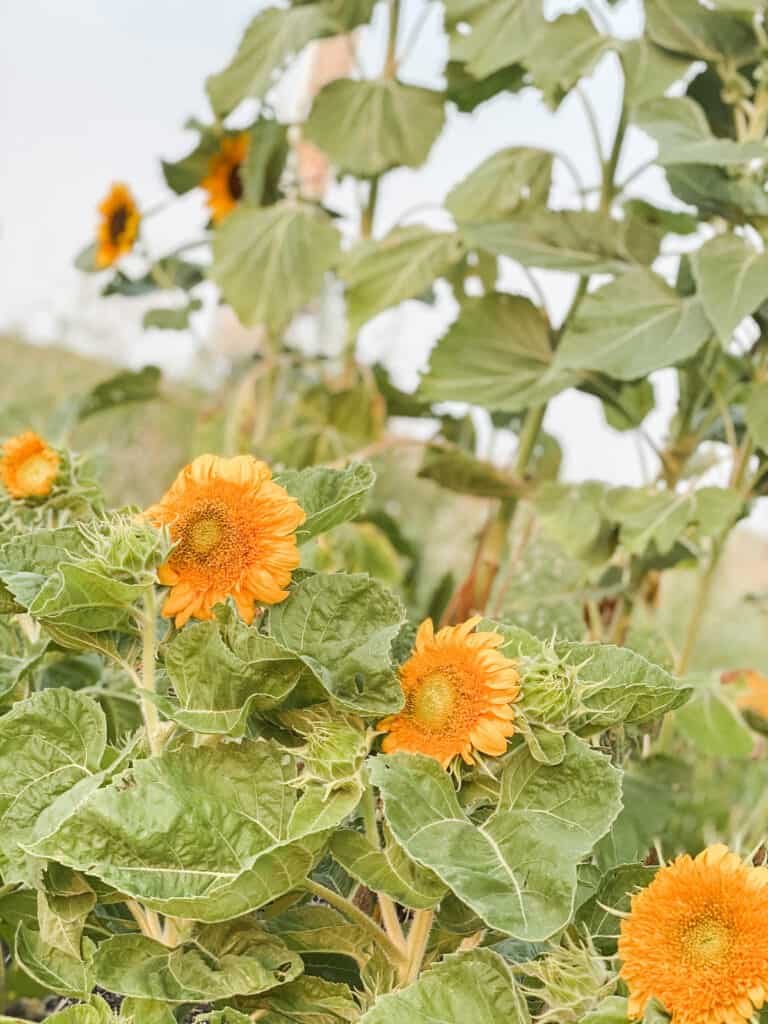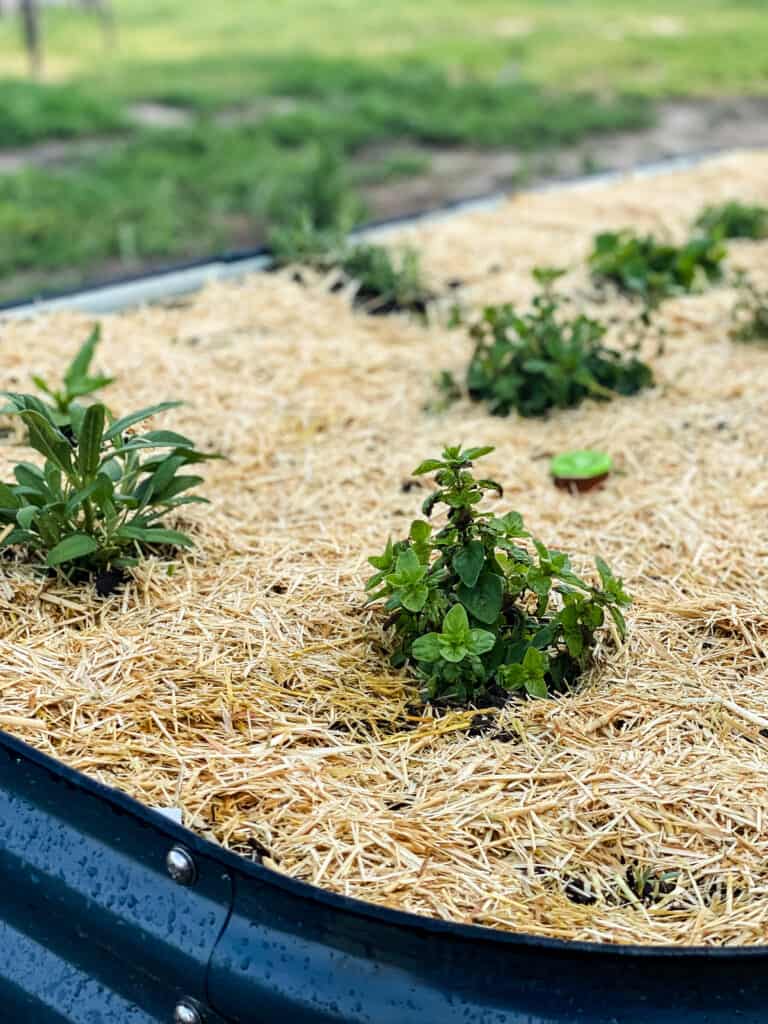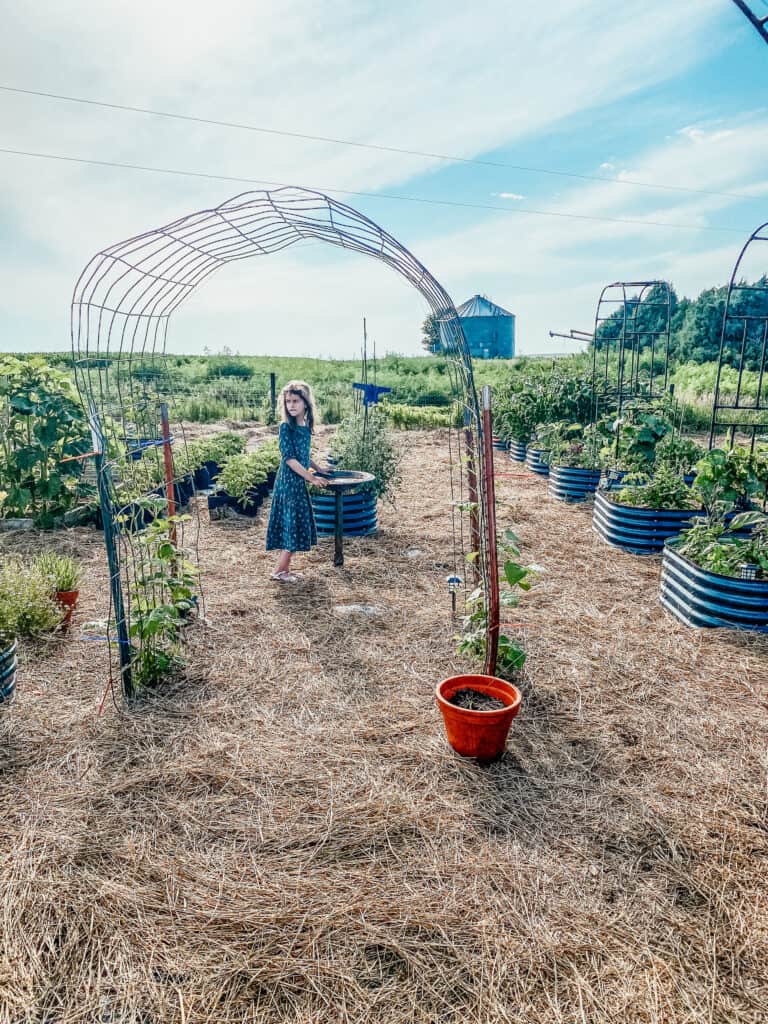How to Grow Lettuce
Whether you plant them in containers, garden, or on the farm, lettuces are, without doubt, one of the easiest crops to grow and can grow almost everywhere. This salad vegetable is an excellent garden vegetable and is extensively planted in the US.
If you have the right information on how to grow lettuce, you can plant and harvest the leaves in your backyard, containers, or even on your balcony in very simple steps.
In this article, we will show you the simple steps on how to plant lettuce. We will discuss the basic requirements of lettuce production, show you the steps of planting lettuce, discuss the best ways of harvesting lettuce, then finally respond to commonly asked questions.
Want to learn more about lettuce production?
Let’s dive in.
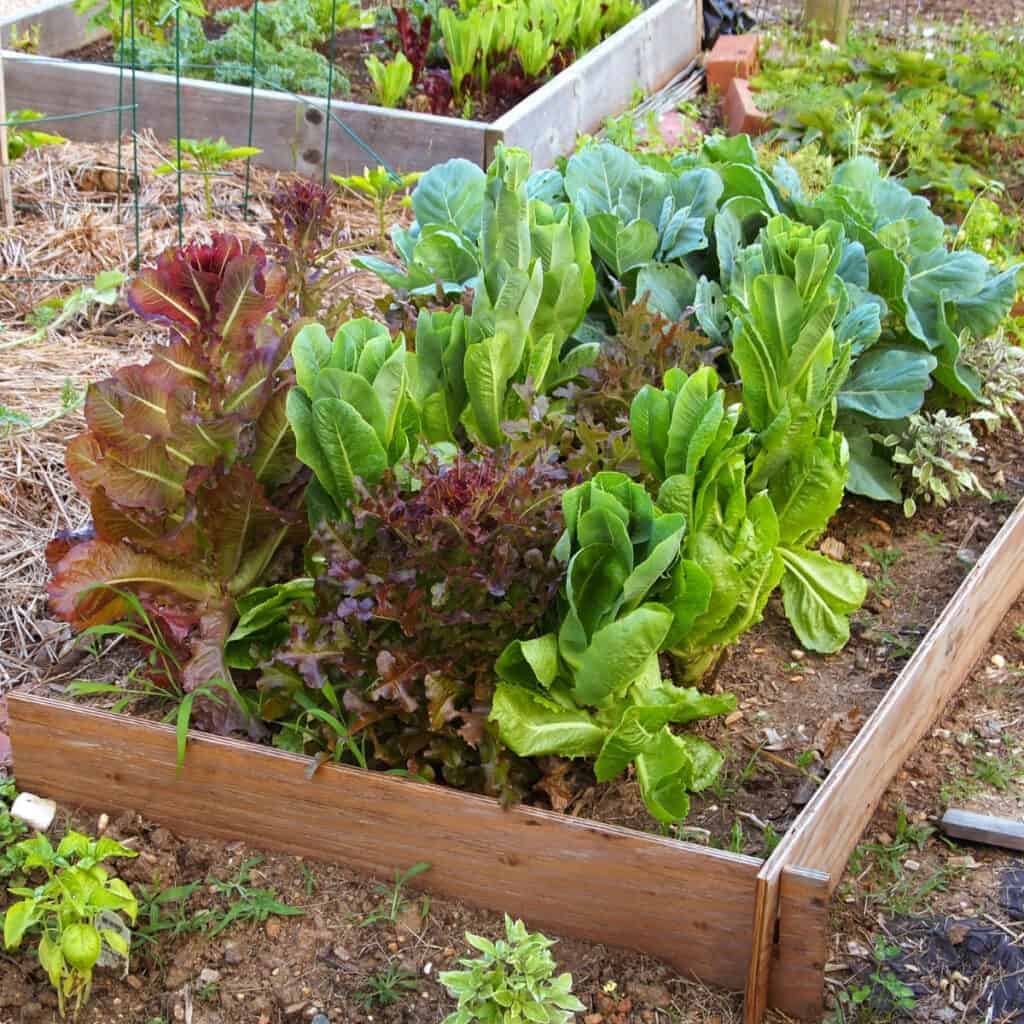
What Type of Growing Conditions Are Needed
The following points are ideal conditions for the successful growth of lettuce:
- Best soils
- Temperatures
- Sun Exposure
Best Soil
Moisturized soil with good drainage and adequate potassium and nitrogen nutrients will improve lettuce’s growing conditions. Adding organic manure will boost the drainage while providing the necessary plant nutrients for sufficient growth.
It is also very critical to consider the pH value of the soil. Lettuce plants are sensitive to low pH values. A pH value of 6.0 to 6.8 is ideal for the growth of lettuce.
If you want to manage your soil’s pH value to meet lettuce’s requirements, add lime to the ground. This will adjust the pH of the soil to at most 6.0.
A soil test kit will save you the struggle to understand the type of your soil. Purchase one and make your work easier.
Temperatures
Under cultivar, the ideal temperature range for lettuce seedling to germinate is between 40 to 80℉. The plants will start flowering and produce seeds in days when the temperatures range between 60 to 70℉.
If the nights are cool, lettuce plants can withstand temperatures of between 80 to 85℉. The plants can also brave freezing if they are hardened enough.
Sun Exposure
Although lettuce is considered a full-sun vegetable crop, the plant will bolt if exposed to consistently high temperatures or excess daylight hours. Therefore, the ideal place to grow lettuce must receive 4-6 hours of direct daylight.
Companion Planting for Lettuce
Planting companion plants alongside lettuce will help to maximize efficiency while improving the health of your garden.
From vegetables to flowers to herbs, the following companion plants are useful to plant alongside lettuce:
beets, asparagus, carrots, calendula, chives, chervil, eggplant, cilantro, garlic, mints, onion and shallots, melons and squash, nasturtiums, turnips, parsnips, and radishes.
Avoid planting the following companion plants alongside lettuce because they will inhibit lettuce from growing well (or even kill the seedlings completely):
cabbage, broccoli, brussels sprout, kohlrabi, kales, and fennel.
Some varieties of lettuce may help brassicas crops to grow, these plants can prevent lettuce seeds from germinating.
Control aphids by planting rows of garlic or chives between lettuce. These companions are barrier plants for lettuce.
Related: Benefits of Companion Planting
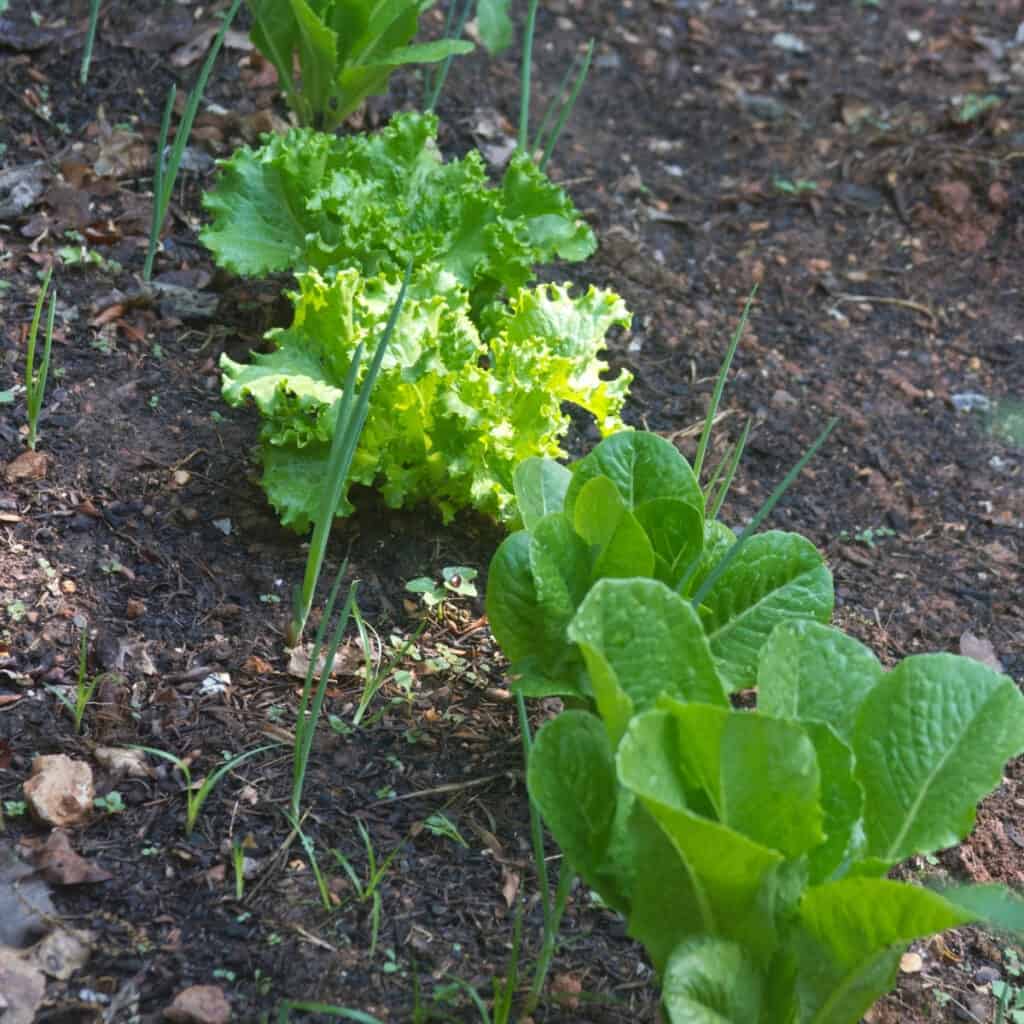
How To Grow Lettuce Indoors
Growing lettuce is easy. Before planting the seedlings, ensure the soil is well prepared to meet lettuce’s demands, as discussed earlier in this article.
You can grow lettuce in these ways. Either:
- By direct sowing in your garden/containers, or
- Start the seeds indoors, then transplant the seedlings to your garden.
Direct Sowing of Lettuce Seeds in the Garden/Container
- Seed down a quarter an inch half an inch deep since lettuce will need light to germinate.
- Space the seeds at least 2 inches afar.
- Ensure a distance of about 12 to 18 inches in rows. Check the package of your seeds for accurate dimensions since different types behave differently.
- Spread a thin layer of soil to cover the seeds.
- Once the seedlings germinate and start growing well with 3 to 4 mature leaves, thin the plants 10 to 12 inches.
Want to save this?
Lettuce Transplant
- Transplant the seedlings to your garden/containers.
- Space the seedlings ten to twelve inches afar. You can have some fun here. Grow multicolored varieties and create incredible patterns.
- Depending on the type of lettuce, ensure the rows are approximately 12 to 15 inches apart.
- Water the seedlings thoroughly.
The spacing requirements are always indicated on the seed’s packet. Always confirm for specific guidelines.
Lettuce Harvesting
The best time to start harvesting lettuce is when they are approaching maturity. This is because the leaves taste delicious when they are still young. At this stage, pluck out the outer leaves and leave the center ones so that they can continue growing.
Mature lettuce tastes bitter and goes bad fast. Always ensure to check your garden frequently and harvest the ready leaves.
You can either remove the outer leaves or cut the plant approximately 1 inch above the ground if you expect a second harvest for romaine or butterhead types. Otherwise, you can dig up the entire plant.
The appropriate time to harvest lettuce is in the morning before the plant is exposed to the sun.
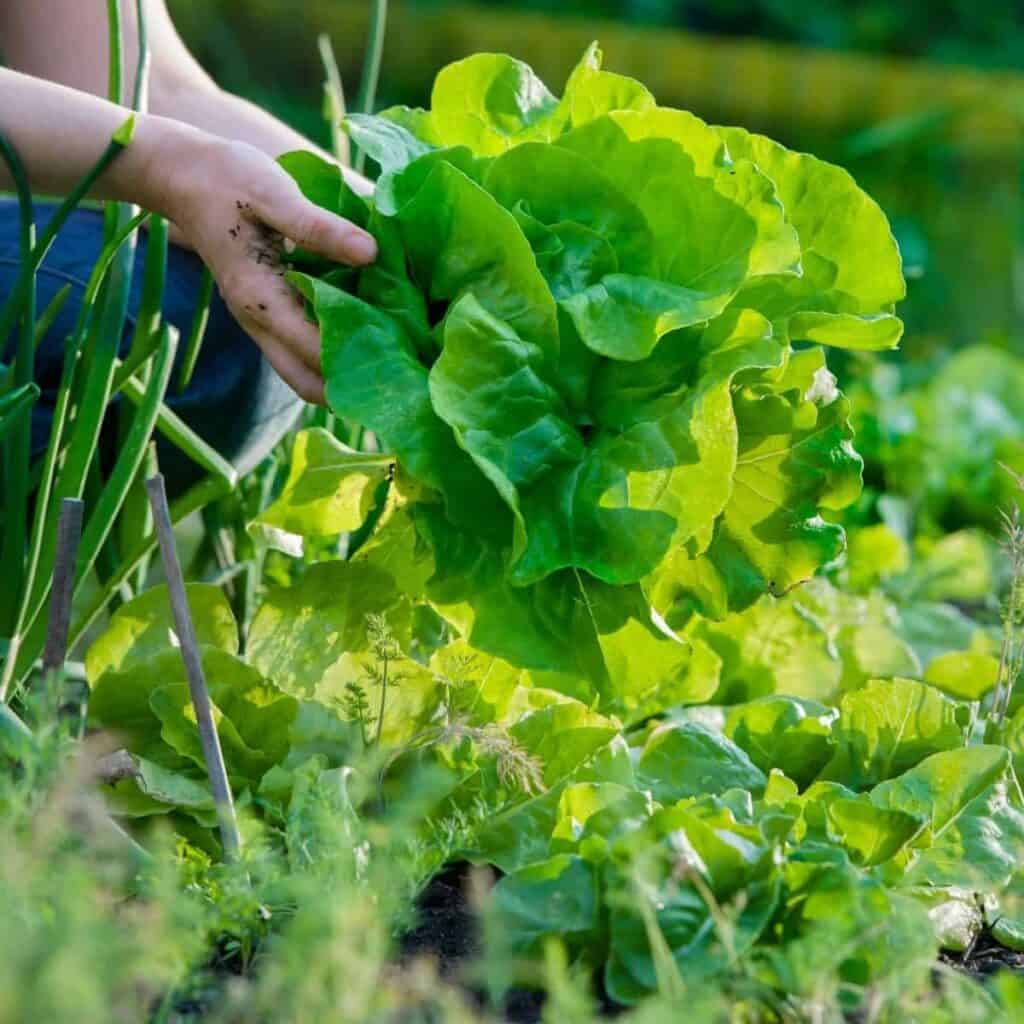
What Different Types of Lettuce Exist?
The following four types of lettuce are the most common you will find in most gardens:
- The butterhead lettuce
- The romaine lettuce
- The loose-leaf lettuce
- The head lettuce
Though there exists some closeness in the planting and maintenance processes, each of the different lettuce types will show variant characteristics in the backyard.
Answers to Frequent Questions
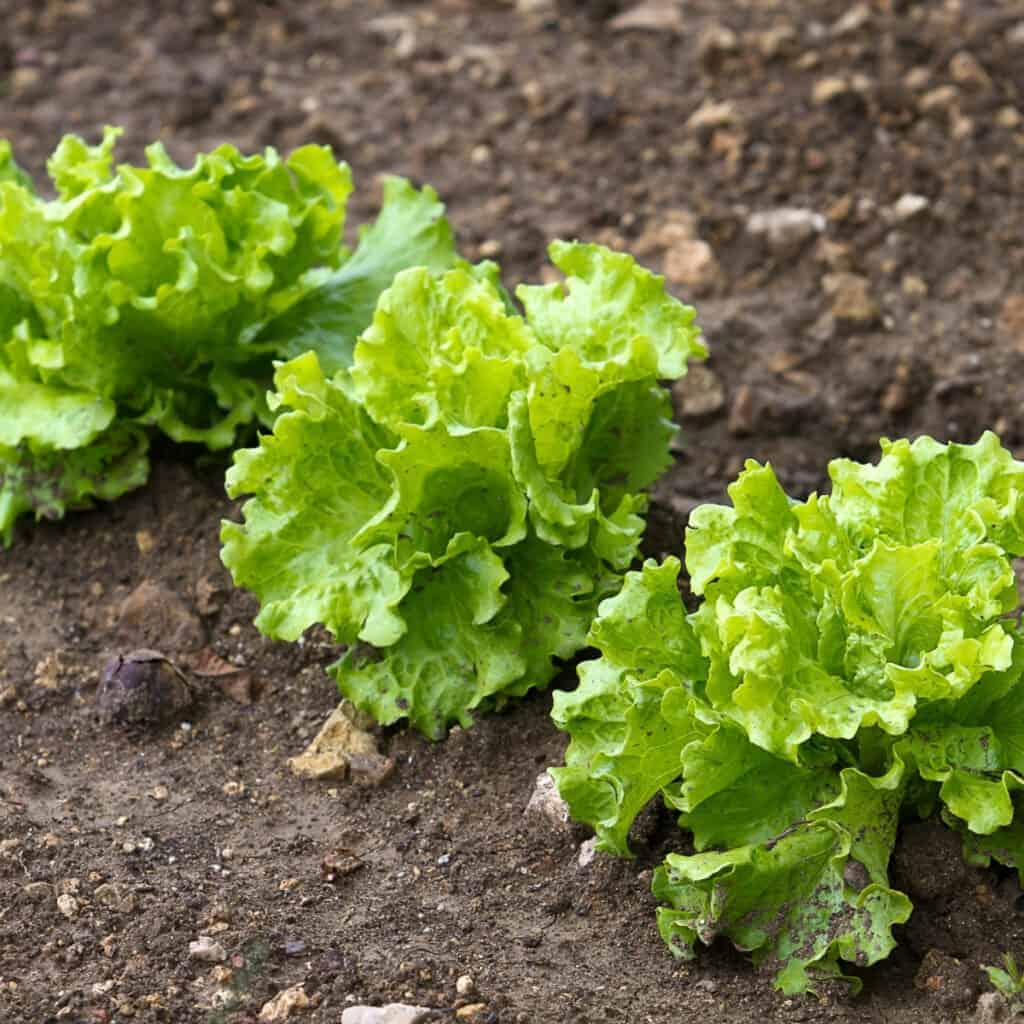
How Long Does it Take Lettuce to Grow?
The average time for the leaf types of lettuce to reach maturity is one month. It is advisable to start harvesting the leaves the moment they start approaching the readiness stage. The other types can take upto 8 weeks to reach the appropriate stage of harvesting.
How Can You Harvest Lettuce, So that it Keeps Growing?
To ensure your lettuce continues growing for a possible second harvest or so, harvest the plant by plucking out only the outer leaves.
Do not remove the middle leaves. Leaving the middle leaves will ensure the plant grows again for a second possible harvest.
Cutting the stem about an inch above the ground will also help the plant to keep growing.
How Often Should Lettuce Be Watered?
The number of times you should water your lettuce depends on the prevailing weather conditions. If there is regular rainfall, water your lettuce at least once every week. During the drought season, water at least twice every week.
How Can I Test the Ground for Moisture Content Level Before Watering the Plants?
The best way to test if the moisture level of the soil is adequate is by dipping your finger in the ground next to the plant about 1 inch deep. If you feel moist and the earth sticks to the finger, the ground’s moisture level is okay, and you do not need to water the plants.
What Next?
Growing your own kitchen garden varieties are super rewarding. Maximize the guidelines we have shared here and put into action everything we have shared.
The more experience you gain in the garden, the more you’ll know how to plant lettuce successfully.
If you do not own a garden, grow these salad vegetables in containers on your balcony.
The containers should be at least 4-6 inches deep with drainage holes. The seeds will germinate and grow since the roots of lettuce do not go deep into the soil.
Also, ensure the place you put the containers receives 4-6 hours of direct sunlight.

